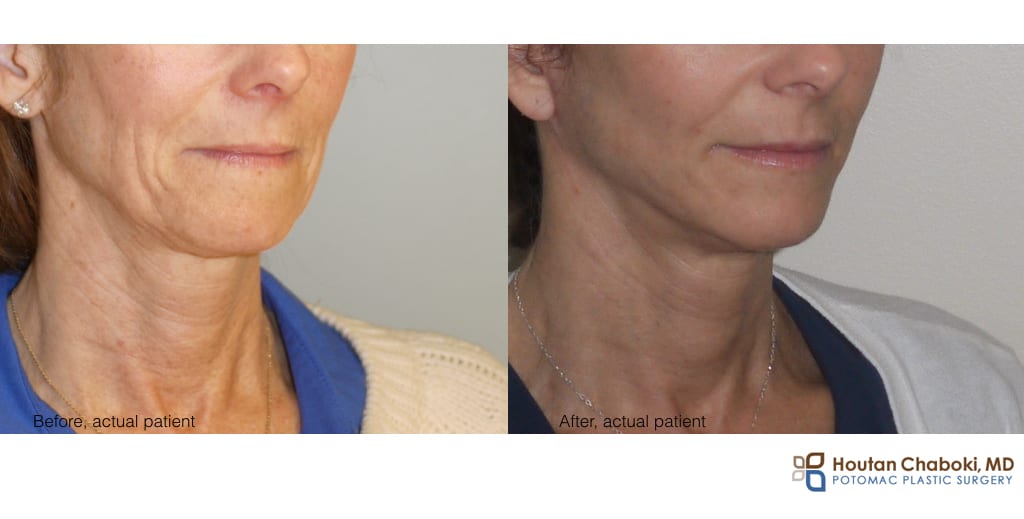
Many people are curious about the advantages of mini versus full facelifts when considering plastic surgery. Each procedure offers its own advantages. Here are some key differences. Ask your surgeon about the risks involved and how long it takes to recover if you are interested in a complete facelift. Also, consider the location of the incisions for each procedure. The exact method that you choose depends on your personal needs. However, both methods can improve your appearance.
Mini facelift
Mini facelifts are performed on the lower half of the face, typically around the jawline and neck. The incisions used for mini facelifts are usually smaller and made in a more shallow plane than for full-facelifts. This allows for the surgeon to do minimal skin removal and tighten muscles. Scarring is minimized. This procedure is ideal for younger adults who wish to preserve their skin and reduce the chance of developing facial wrinkles. To reduce the appearance of facial laxity and improve overall appearance, seniors may consider a full-facelift.
Full facelift
The full facelift, which is one of the most popular types of facial rejuvenation surgery, offers the best results with a longer recovery period. The full facelift targets deeper structures of the face and muscles, while the surgeon removes any loose skin or deep facial tissues. A full facelift can also include several techniques, such as repositioning and repositioning of skin in areas that is sagging. This procedure may take between two and five hours to complete.

Mid-facelift
Incisions are made inside the mouth, at hairline and along lower eyelids lash line for the mid-facelift. These incisions lift the tissue along the cheeks up, which reduces the heaviness and restores the shape of the face. For a few weeks after the procedure, some patients may experience swelling and bruising. These symptoms should fade over time. The doctor may prescribe pain medication after the procedure.
Deep plane facelift
If you're considering a facelift you might be wondering which one is better for you. A deep-plane facelift will treat problem areas naturally and provide a more permanent result than a small one. A deep plane facial will also address the structural components of your skin, meaning that the final result will last for longer.
Mini facelifts are more common for millennials
Many Millennials are now turning to cosmetic procedures in their 20s for a better look. This generation, which was raised on social media, is well known for comparing how they look to others. While it may be hard to accept, some millennials believe that having a facelift will make them look older than they actually are. Mini-facelifts have been chosen by them.
Time for recovery
The recovery time for a Mini Face Lift varies depending upon factors like age, health, and the type. Both procedures will generally lead to a noticeable improvement in your appearance. The full recovery guide included with your facelift is worth reading before you go under the knife. It also contains instructions for caring for your wounds post-surgery. It is important to plan for a day off work, and not do any strenuous exercise for several days following the procedure.

Cost
A mini facelift costs less than a full one, but both require significant financial investment. While health insurance plans usually cover cosmetic surgeries, many don't. The cost of cosmetic surgery is usually not covered by health insurance plans. Patients may have to pay upfront. Plastic surgeons can provide advice about arranging the financial arrangements required to cover the costs. An alternative way to pay for your cosmetic treatment is to use a third party financial company.